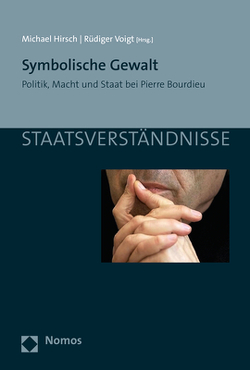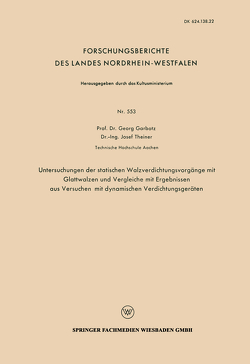Analyse der systematischen Geometrieabweichung beim Profilquerwalzen von Schneckenprofilen
Dissertation Michael Hirsch, Berichte aus der Virtuellen Fertigungstechnik, Band 16
Birgit Awiszus, Michael Hirsch
Um das Prozessverständnis des Profilquerwalzens von Schneckenprofilen zu erhöhen, sollten die Ursachen für typische Flankenlinien-Formabweichungen untersucht und Maßnahmen zu ihrer Linderung bzw. Vermeidung hergeleitet werden. Anhand repräsentativer Typenvertreter wurden deren geometrische Abweichungen analysiert und den auftretenden Werkzeugkontakten sowie den Werkzeugverlagerungen zugeordnet. Mittels Finite Elemente Simulation konnten die unterschiedlichen Einflussgrößen auf ihre Wirksamkeit bezüglich des Entstehens der Geometrieabweichung untersucht werden. Die Ergebnisse dienten als Basis für die Entwicklung eines analytischen Modells zur Vorhersage der Flankenlinien-Formabweichung beim Profilquerwalzen von Schneckenverzahnungen. Die Modelleigenschaften ließen ein Optimierungspotential der Flankenlinien-Formabweichung durch die Variation der Fasenlänge und der zylindrischen Länge am Blank erkennen. Zu dessen Überprüfung wurden zwei marktrelevante Schneckenverzahnungen ausgewählt und in unterschiedlichen Variationen auf einer Walzmaschine gefertigt und so die grundsätzliche Eignung des Modells bestätigt. Im Ergebnis entstand neben dem Modell zur Vorhersage der Flankenlinien-Formabweichung ein Konstruktionsvorschlag für Blanks zur Optimierung des Walzergebnisses.
In order to increase the process understanding of profile transversal rolling of worm profiles, the causes of typical helix form deviations should be investigated and methods for their reducing or prevention derived. Based on representative worms their geometric deviations were analyzed and the occurring tool contacts as well as the tool displacements to this related. By using of finite element simulation, the different influencing variables could be examined for their effectiveness with respect to the origin of the geometrical deviation. The results served as the basis for the development of an analytical model for the prediction of the helix form deviation for profile transversal rolling of worm gears. The model properties showed an optimization potential of the helix form deviation due to the variation of the chamfer length and the cylindrical length at the blank. To verify it, two market-relevant worm gears were selected and manufactured in different variations on a rolling machine, thus confirming the basic suitability of this model. As a result, in addition to the model for predicting the helix form deviation, a design proposal for blanks was developed to optimize the rolling result.























